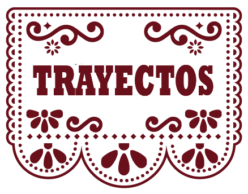![]() En esta sección, aprendemos sobre artistas y escritores hispanos y su visión de la familia.
En esta sección, aprendemos sobre artistas y escritores hispanos y su visión de la familia.
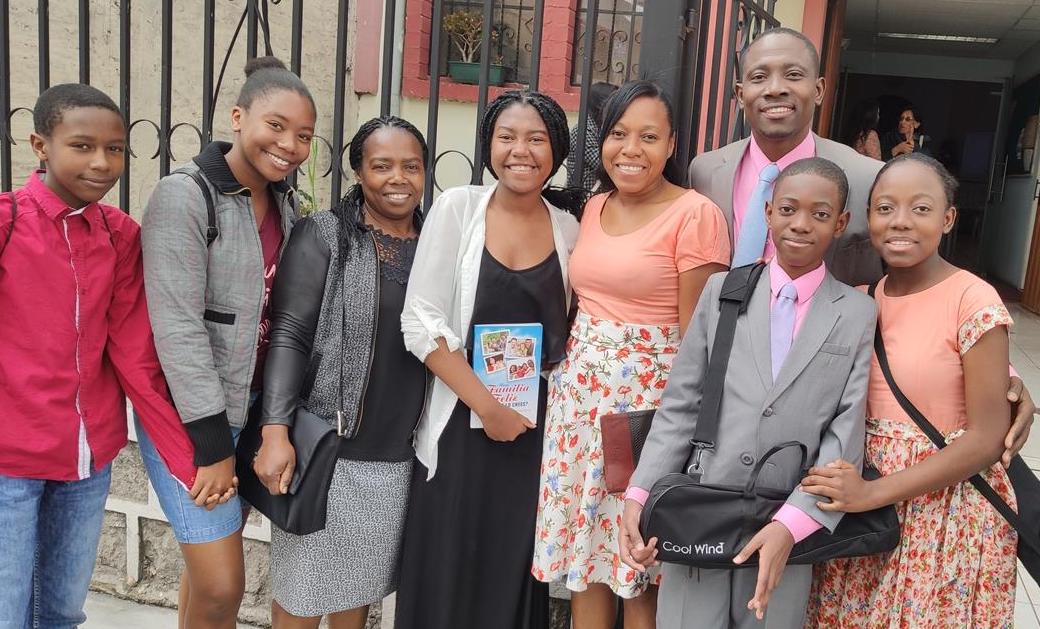
A continuación, hay una foto de la obra The Washington Family (1789-1796) del artista Edward Savage (https://en.wikipedia.org/wiki/Edward_Savage_(artist)). ¿Qué otros artistas en los Estados Unidos representan la familia a través de la historia? Escribe ejemplos. ¿Cómo son sus representaciones?
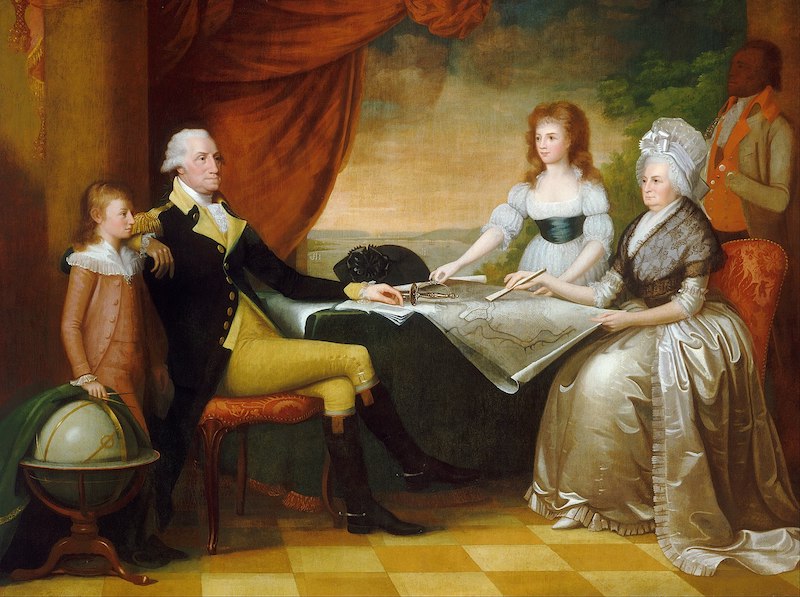
![]() Ahora leemos sobre los artistas/escritores hispanos/latinx.
Ahora leemos sobre los artistas/escritores hispanos/latinx.
Carmen Lomas Garza[1]
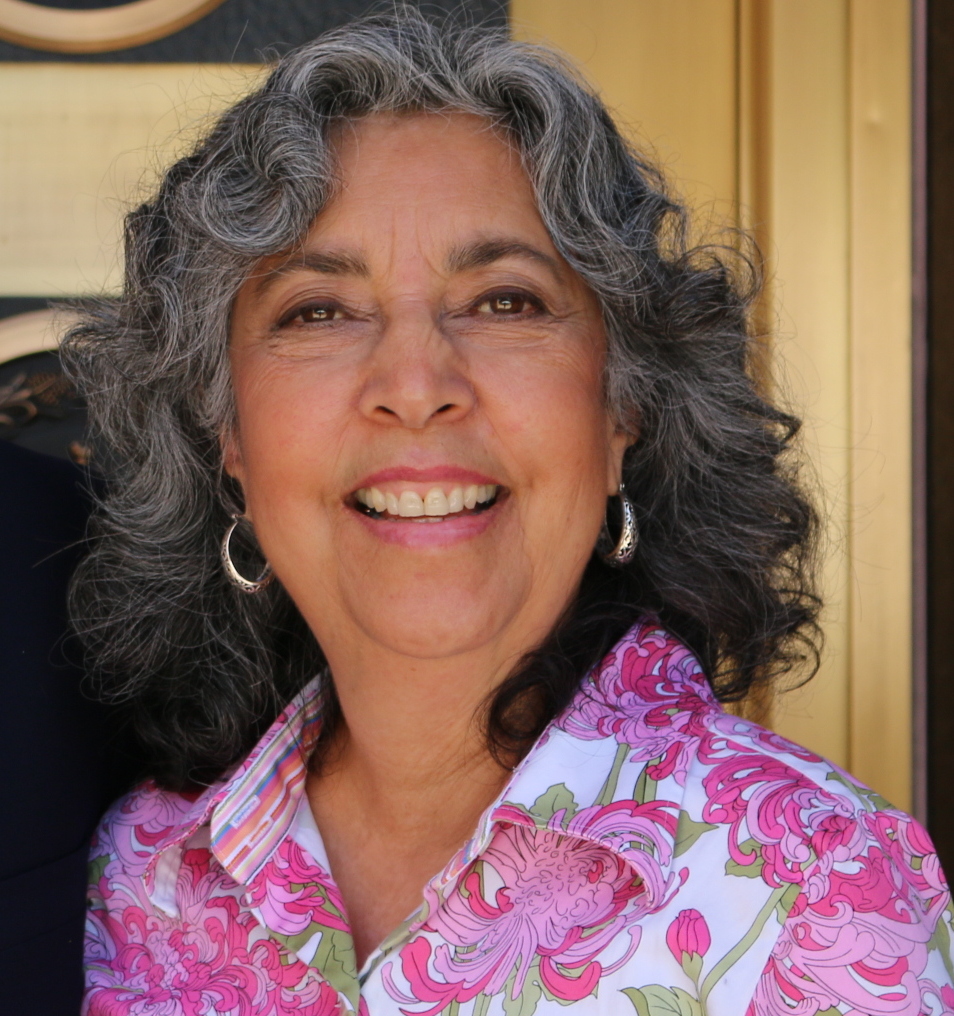
Carmen Lomas Garza (1948) es una artista e ilustradora de Kingsville, Texas. Sus trabajos están inspirados en su herencia mexicano-americana y es parte permanente de las colecciones de estos museos: the Smithsonian American Art Museum, the Hirshhorn Museum and Sculpture Garden, the National Museum of Mexican Art, the San Jose Museum of Art, the Mexican Museum, the Pennsylvania Academy of the Fine Arts y the Oakland Museum of California. Sus obras muestran (show) escenas de las actividades de su familia y su comunidad en Kingsville. Lomas Garza también combina su arte con escritos (written pieces) y escribe varios libros para niños sobre su vida familiar. En su arte, hay símbolos y elementos culturales. En estos libros, hay escenas con colores vívidos y texto bilingüe, en español e inglés.
The initial roots of Lomas Garza’s artwork lay in her family, to whom she is close, and in the Chicano Movement (http://bit.ly/ChicanoMov). She believes that the Chicano Movement nourished her goal of becoming an artist and gave her back her voice. She says that her artistic creations helped her “heal the wounds inflicted by discrimination and racism.” She also feels that by creating positive images of Mexican-American families, her work can help combat racism.
En este video (http://bit.ly/CarmenWork), Carmen Lomas Garza habla de su arte e inspiración.
[1] Text adapted from the original: Carmen Lomas Garza. By Wikipedia, licensed under CC BY-SA 3.0.
![]() Exploración
Exploración
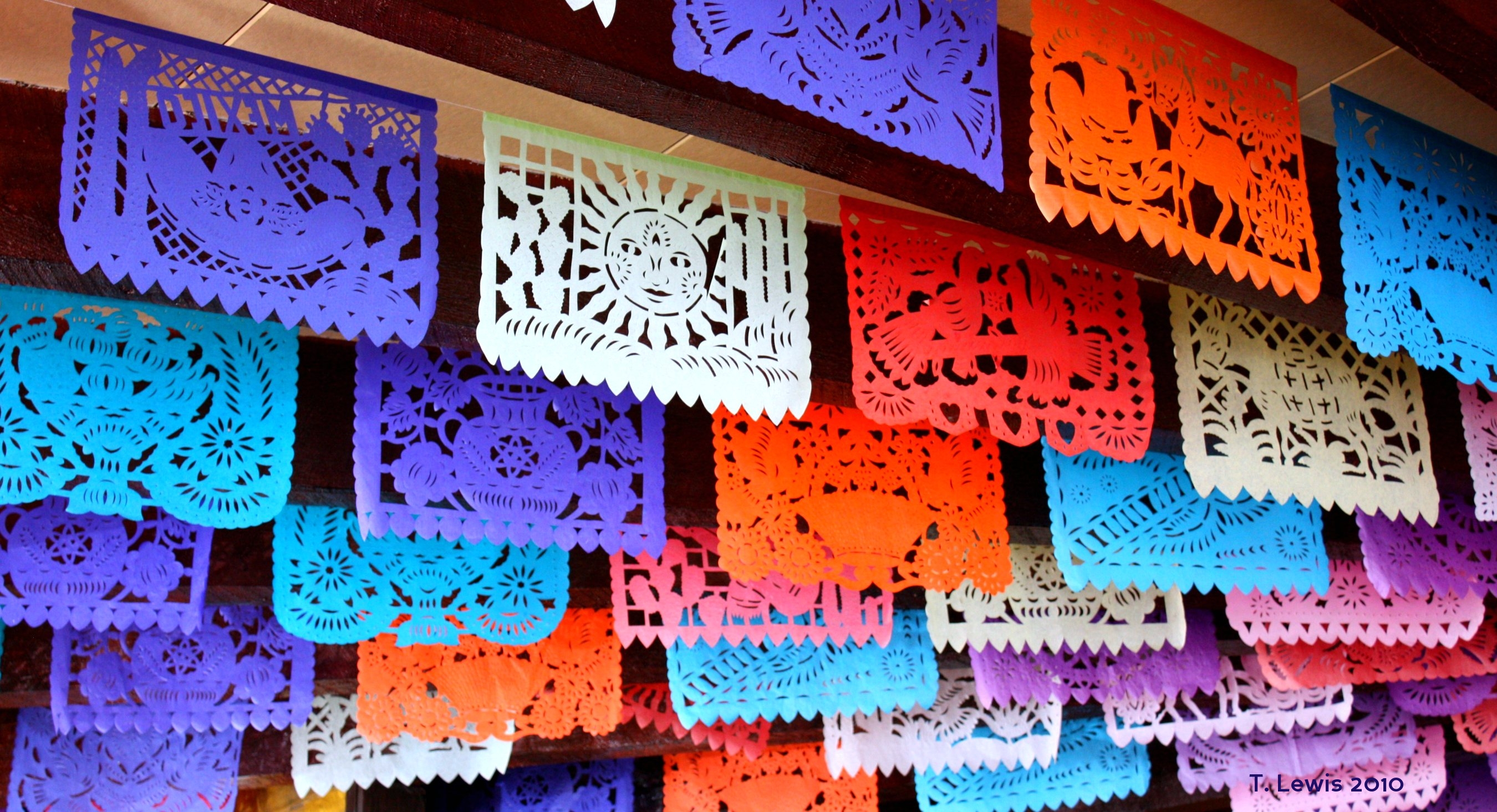
Trabajas con 4 o 5 compañer@s y el grupo explora una obra de Carmen Lomas Garza. En esta obra, hay elementos culturales. Mira la obra y completa estas actividades:
Paso 1. Mira la obra Lotería-Tabla Llena (https://bit.ly/TablaLlena), one of Lomas Garza’s first works. ¿Qué miembros de la familia de Carmen están en la obra? Escribe una lista. Usa el vocabulario de este módulo.
![]() Paso 2.
Paso 2.
En esta obra hay elementos culturales. Investiga qué son y qué significan en la cultura mexicana/mexicano-americana. Usa los enlaces. Each group will explore one element. Be prepared to share the information you gather with other groups.
- Grupo 1: In Lomas Garza’s work, we see papel picado. ¿Qué es el papel picado?
- Consider the information and examples presented on this webpage (http://bit.ly/PaPicado). What is the history of papel picado? What is its significance for the Mexican-American communities in this country? Watch this video (http://bit.ly/CarmenPicado) of Carmen Lomas Garza showing how to create papel picado ¿Es fácil?
- On this page (http://bit.ly/MagicWindows), you can also see examples of Lomas Garza’s use of papel picado in her book Magic Windows/Ventanas mágicas. What aspects of her heritage and family did she choose to portray? Why do you think she chose them?
- Grupo 2: In Lomas Garza’s work, we see la Virgen de Guadalupe on the table (on the right-hand side). ¿Quién es la Virgen de Guadalupe y qué significa para la comunidad mexicano-americana?
- Consider the information on this webpage (http://bit.ly/VirgenG). ¿Quién es Juan Diego (http://bit.ly/JuDiego)? How is the Virgen de Guadalupe connected to both the Indigenous and Spanish aspects of Mexican culture? Based on the information you have gathered, why do you think Lomas Garza chose to include the Virgin in her painting? What is the symbolism?
Paso 3. Now go back to the first work we saw The Washington Family and compare it with la obra Lotería-Tabla Llena (https://bit.ly/TablaLlena). Con tus compañer@s, compara las dos obras, teniendo en cuenta (taking into account):
- Miembros de la familia
- Lugar—¿dónde están?
- Cosas (things) en la escena
- Uso de colores
Based on this information: What are the similarities and differences between the two works? Explain them in terms of artists’ objective, time when the works were created, and social identities (artists and people in the paintings).
Gary Soto[2]
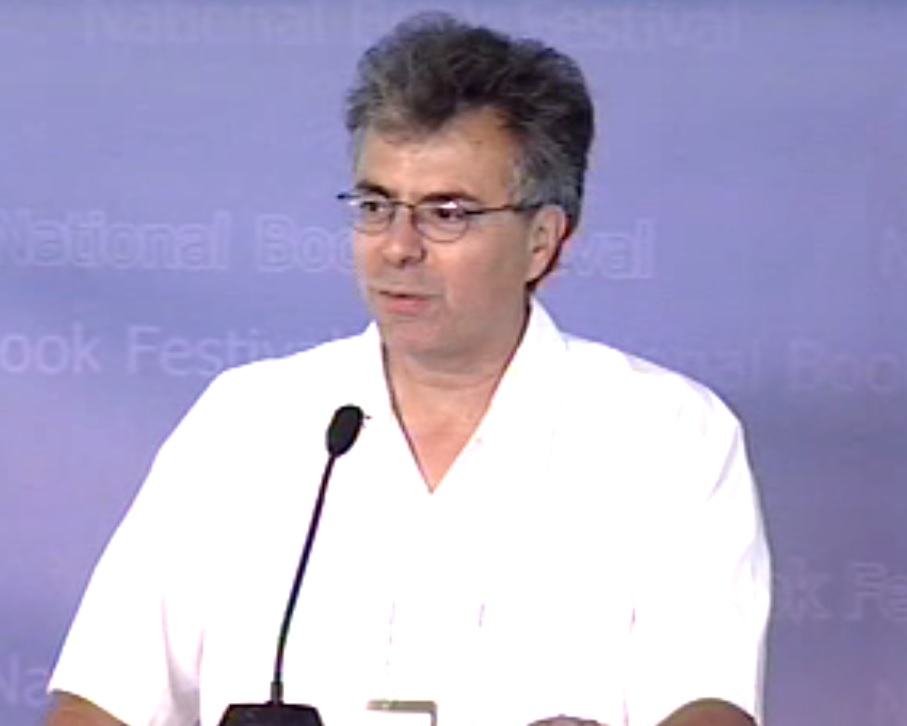
Gary Soto (1952) es un escritor mexicano-americano de Fresno, California. Como [Like] Francisco Jiménez y Tomás Rivera (Módulo 1), Soto trabajó (worked) en los campos del valle de San Joaquín. Escribe una variedad de escritos (por ejemplo, poemas, cuentos cortos [short stories], novelas). Los escritores favoritos de Soto son Ernest Hemingway, John Steinbeck, Jules Verne, Robert Frost y Thornton Wilder. Soto estudió (studied) en Fresno City College y California State University, Fresno. En 1976, obtiene un M.F.A. en la Universidad de California, Irvine.
[2] Text adapted from the original: Gary Soto. By Wikipedia, licensed under CC BY-SA 3.0.
¿Sobre qué tipo de temas (topics) escribe Soto? ¿Quién es su audiencia principal? Responde estas preguntas con la información en su sitio de web (https://garysoto.com/books/) y el vídeo a continuación.
![]() Vídeo: https://bit.ly/GarySotVideo
Vídeo: https://bit.ly/GarySotVideo
En el libro Baseball in April and Other Stories, Gary Soto escribe sobre la relación entre una madre y su hija. Lee la historia en este enlace y completa las actividades a continuación.
Paso 1. Taking into account what Soto talks about in the video you just saw, explain why he might have chosen to write this story. What are the main themes of the story?
Paso 2. ¿Cómo es la relación entre la madre y la hija? Do you identify with the interactions between the mother and daughter?
Paso 3. ¿Cómo es Yollie y cómo es su mamá? Llena (Fill) los siguientes mapas araña (http://bit.ly/SpiderMap) con las características de cada personaje (character). How are their social identities related to their behavior and the events in the story?
Yollie:
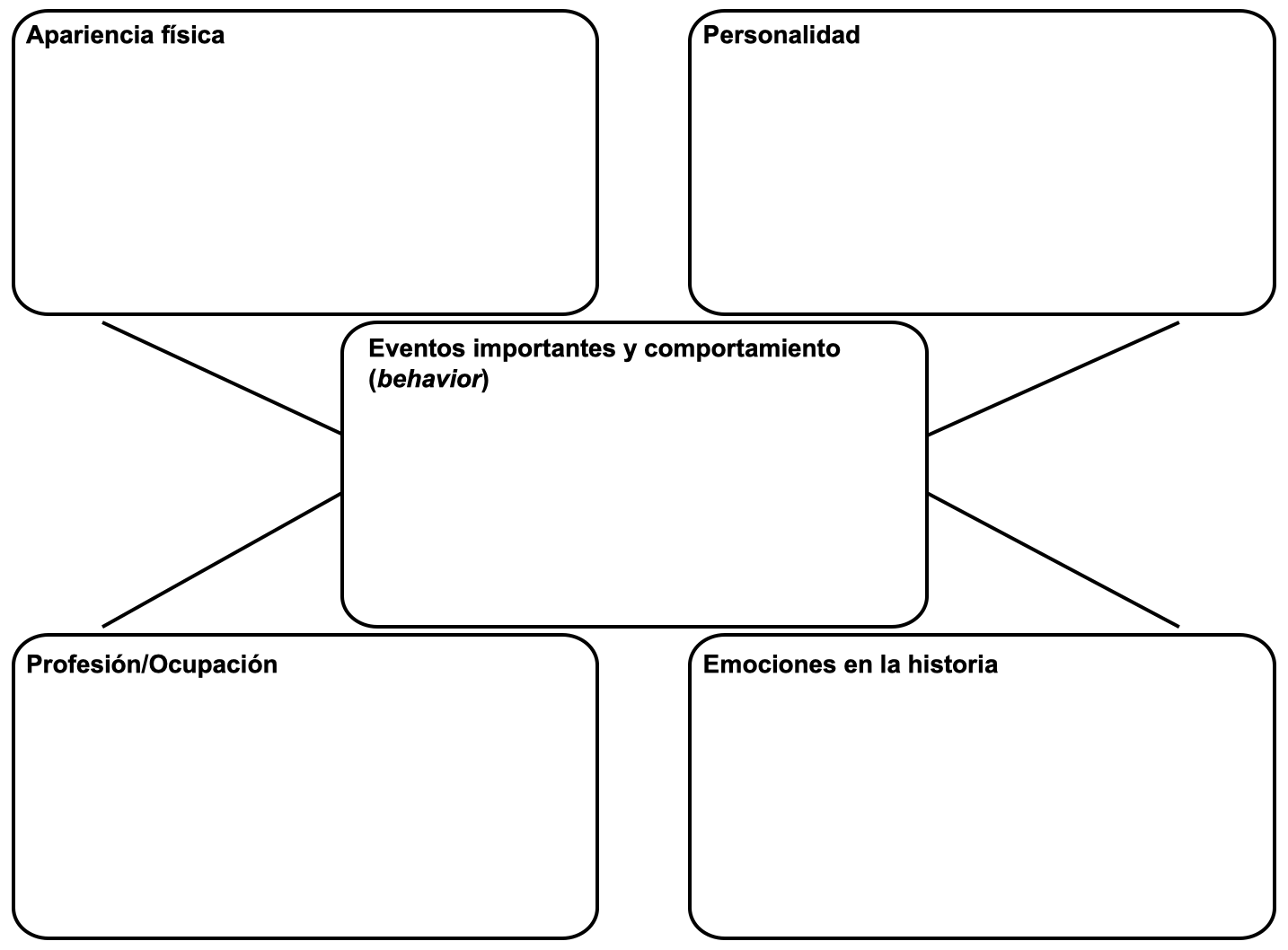
La Sra. Moreno (su mamá):

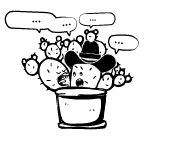 Investigación
Investigación
Hay otros escritores y artistas hispanos/latinx con obras sobre la familia. Learn more about their work. Compare them with Lomas Garza and Gary Soto. Escribe similitudes (similarities) y diferencias. You can write your ideas in both Spanish and English. Trabaja con tres o cuatro compañer@s.
Yuyi Morales
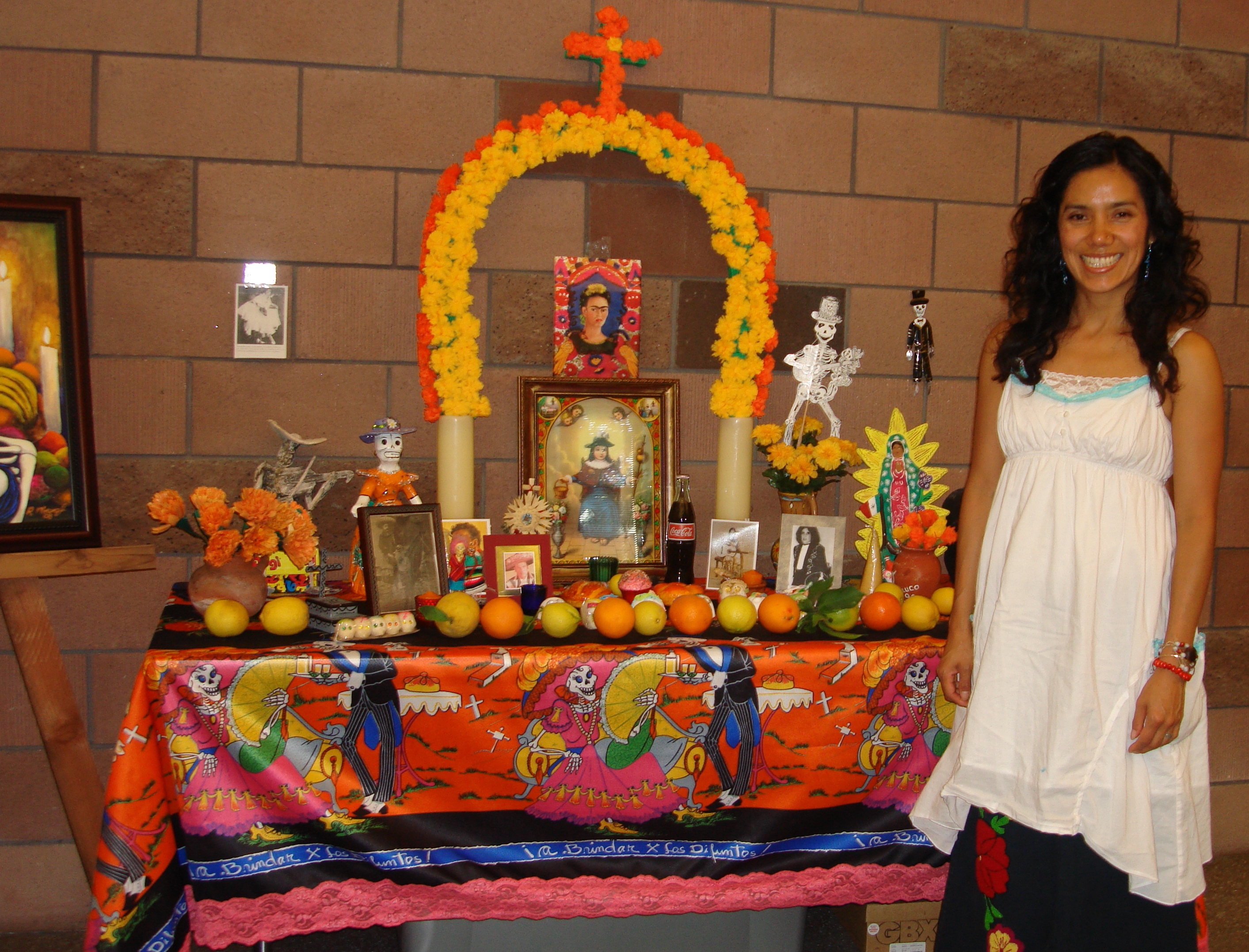
![]() Visita las páginas de web y mira los vídeos a continuación.
Visita las páginas de web y mira los vídeos a continuación.
Completa el cuadro (table) con la información sobre Yuyi Morales. Pay attention to the topics she addresses in her story Dreamers.
- What aspects of the Hispanic/Latinx experience does she highlight?
- What kind of family is presented in the story?
- Reflect on the use of color and Spanish text in the illustrations and their connection to the themes addressed.
Páginas de web:
Vídeos:
Información de la investigación:
| Lugar y año de nacimiento (birth)
|
|
| Profesiones
|
|
| Audiencia principal
|
|
| Títulos de sus libros
|
|
| Premios (awards)
|
|
| Temas (topics) y personas de la familia en sus libros
|
Matt de la Peña
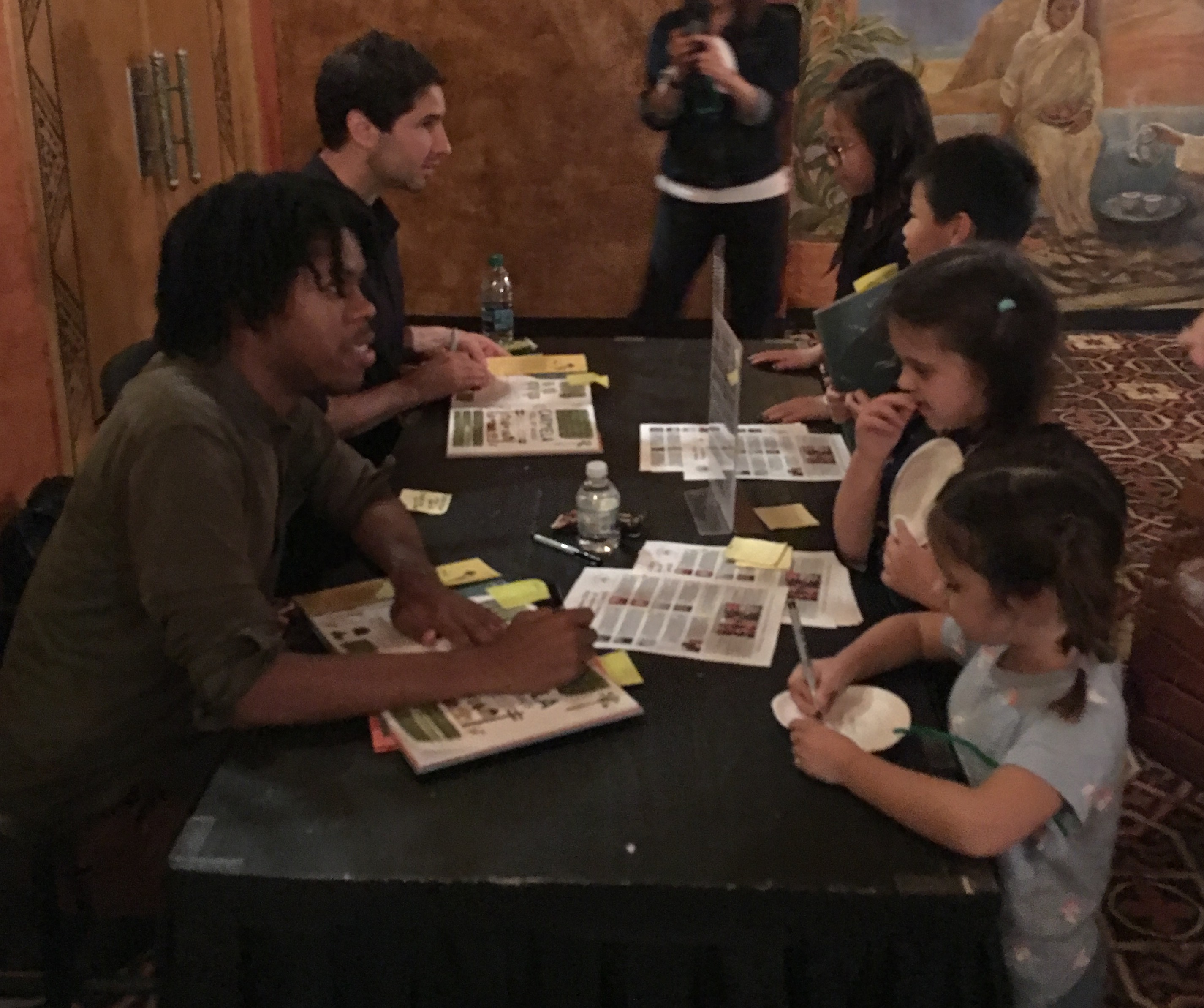
![]() Visita las páginas de web a continuación y mira los vídeos.
Visita las páginas de web a continuación y mira los vídeos.
Completa el cuadro (table) con la información sobre Matt de la Peña. Pay attention to the issues that affect the Hispanic/Latinx communities in the US that are embedded in de la Peña’s book Carmela Full of Wishes. Why has the author decided to focus on them?
Páginas de web:
Vídeos y página de web:
- Carmela Full of Wishes: http://bit.ly/CarmelaMP
- http://bit.ly/CarmelaMP1
Información de la investigación:
| Lugar y año de nacimiento (birth)
|
|
| Profesiones
|
|
| Audiencia principal
|
|
| Títulos de sus libros
|
|
| Premios (awards)
|
|
| Temas (topics) y personas de la familia en sus libros
|
Reflexión final
- What are the cultural elements that the works you have seen/read in this lesson have in common? What about representation? What different social identities are present in these works?
- What kinds of families are presented in the stories/art? Why are these representations important?
- All of the authors/illustrators focus on children and teenagers. Why? Why do you think they have chosen this audience?
- If you were to write stories for children, what current topics would you include? What would you want children to know/understand/reflect on?
Now it’s time practice everything we have learned in Módulo 2:
